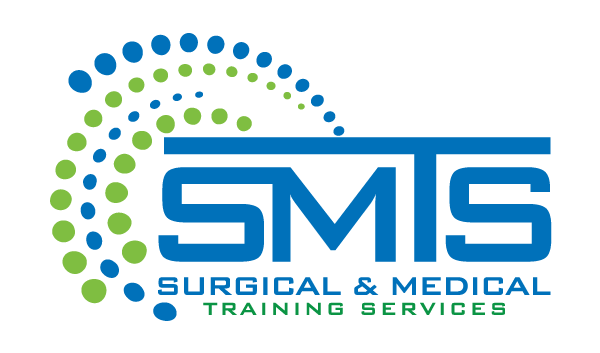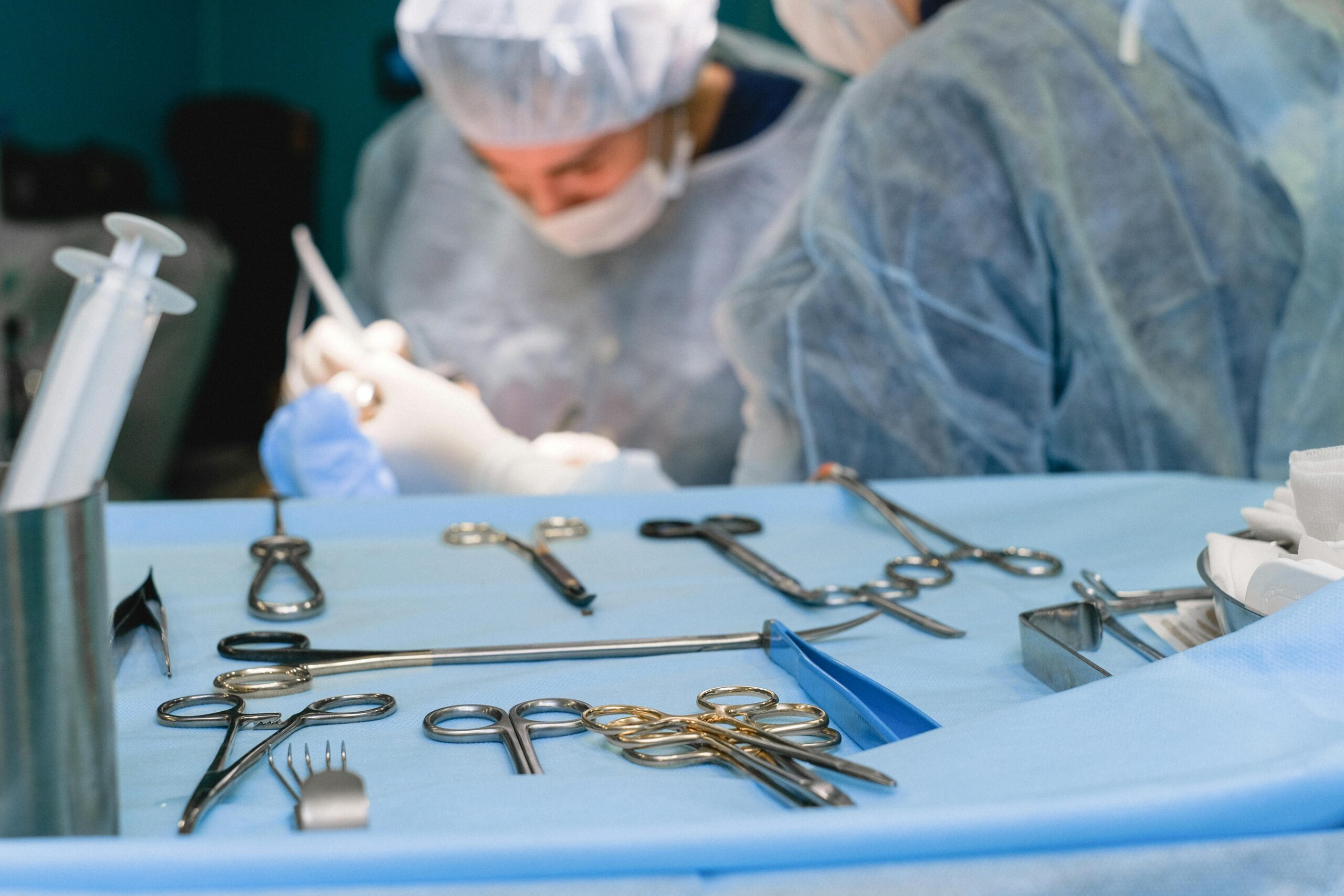In the world of medicine, there are few experiences as transformative as stepping into a cadaver lab. For generations, these specialized facilities have been a cornerstone of medical and surgical education—offering students, residents, and even experienced clinicians the chance to explore human anatomy in the most direct and tangible way possible. While modern technology has introduced virtual simulations, 3D models, and advanced imaging, nothing can truly replicate the insight gained through the dissection of a cadaver.
So, what is a cadaver lab, exactly? In simple terms, a cadaver lab is a controlled environment where human bodies, donated for scientific and educational purposes, are studied and dissected for the advancement of medical knowledge. It’s a place where theory meets reality—where textbooks and diagrams come to life, and where future surgeons develop not only technical skill but also deep respect for the human body.
The Purpose and Importance of a Cadaver Lab
The cadaver lab serves as one of the most essential components of medical training. It bridges the gap between classroom learning and hands-on clinical experience. For medical students, it’s often their first direct encounter with human anatomy—an experience that is both humbling and enlightening. For surgical residents and practicing clinicians, cadaver labs provide a space to refine techniques, practice new procedures, and gain confidence before applying those skills in the operating room.
Working with cadavers allows learners to see the complexity and variation of human anatomy firsthand. Textbooks can only show so much where real human bodies reveal nuances in structure, proportion, and tissue texture that diagrams cannot capture. This kind of exposure helps trainees understand how anatomy can differ from patient to patient– an understanding that’s vital for effective and safe surgical practice.
What Happens Inside a Cadaver Lab
Inside a cadaver lab, the process typically begins with a thorough orientation to safety protocols and ethical guidelines. Respect for donors is at the heart of every activity. Each cadaver represents a generous gift that enables others to learn, heal, and innovate.
During the dissection of a cadaver, students and professionals use scalpels, forceps, and other surgical instruments to methodically study different body systems. Dissections often follow a structured approach, focusing on key anatomical regions such as the musculoskeletal, cardiovascular, or nervous systems. In surgical training labs, sessions may simulate real operations—from orthopedic reconstructions to complex vascular procedures—allowing participants to develop technical precision under realistic conditions.
Modern cadaver labs are equipped with advanced technology to enhance learning. High-definition cameras, digital imaging systems, and augmented reality overlays allow instructors to demonstrate procedures in detail and project them for group viewing. Some labs integrate hybrid learning environments that combine hands-on dissection with 3D anatomical models and virtual simulations, offering a more comprehensive understanding of surgical anatomy.
Ethical Considerations and Donor Programs
Every cadaver used in medical education comes from a voluntary donation program. Individuals who choose to donate their bodies to science do so with the intention of contributing to education and research. Institutions follow strict ethical standards to ensure that each donor is treated with dignity throughout the process.
Before entering the lab, students are often reminded that the person before them once lived a full life. This perspective fosters empathy and professionalism—qualities that are just as important as technical skill in healthcare. Many schools hold ceremonies or moments of silence to honor donors, reinforcing the principle that medical knowledge is built on generosity and trust.
How Cadaver Labs Enhance Surgical Training
One of the most significant benefits of the cadaver lab is its role in surgical training. Performing a procedure on a cadaver provides an unmatched level of realism. Surgeons can explore anatomical relationships, practice incisions, and refine delicate movements without risk to a living patient.
For new surgeons, this hands-on practice builds confidence. It allows them to make mistakes, learn from them, and perfect techniques in a safe, controlled environment. For experienced surgeons, cadaver labs offer the opportunity to stay current, test new devices, learn innovative techniques, or master complex procedures before performing them in the operating room.
This practical experience also enhances teamwork. Surgical teams can rehearse procedures together, improving communication, timing, and coordination. Such simulations are invaluable for ensuring that when it’s time to operate on a live patient, every member of the team knows their role with precision and confidence.
Beyond Medicine: Other Applications of Cadaver Labs
While cadaver labs are primarily associated with medical education, their value extends to other fields as well. Physical therapists, paramedics, and even biomedical engineers use cadaver labs to better understand human anatomy and physiology. In research settings, cadaver studies help drive innovations in prosthetics, surgical devices, and minimally invasive techniques.
Law enforcement and forensic scientists also benefit from cadaver-based studies, which help improve methods for determining cause of death, understanding trauma patterns, and advancing forensic reconstruction techniques.
The Enduring Value of Hands-On Learning
Despite advances in digital learning tools, the cadaver lab remains irreplaceable in medical and surgical education. It teaches not only anatomy but also respect, empathy, and precision. Students leave with a deeper understanding of the human form and a lasting appreciation for the complexity of life.
By offering the most authentic view of human anatomy, cadaver labs continue to shape generations of healthcare professionals—ensuring that future surgeons enter the operating room with both skill and reverence for the human body.
In a field where every millimeter matters, the lessons learned through the cadaver lab endure long after students leave the classroom. They are carried into every incision, every diagnosis, and every act of healing that follows.

